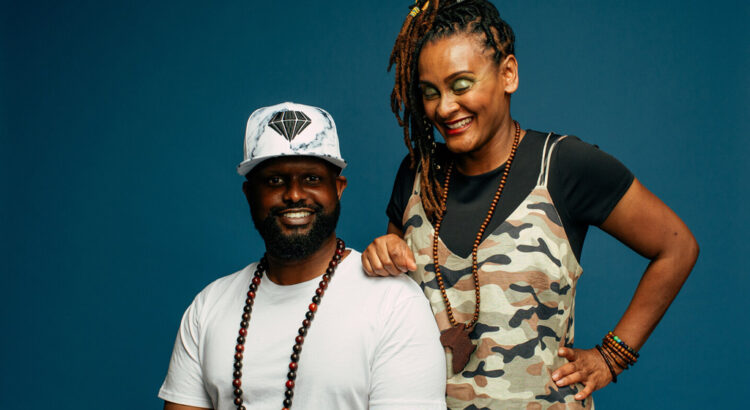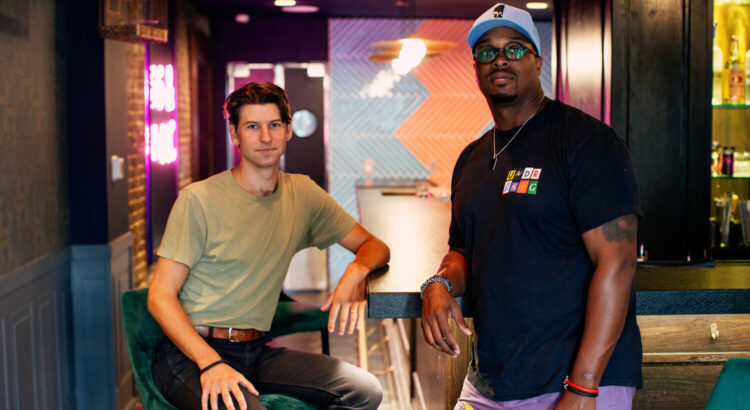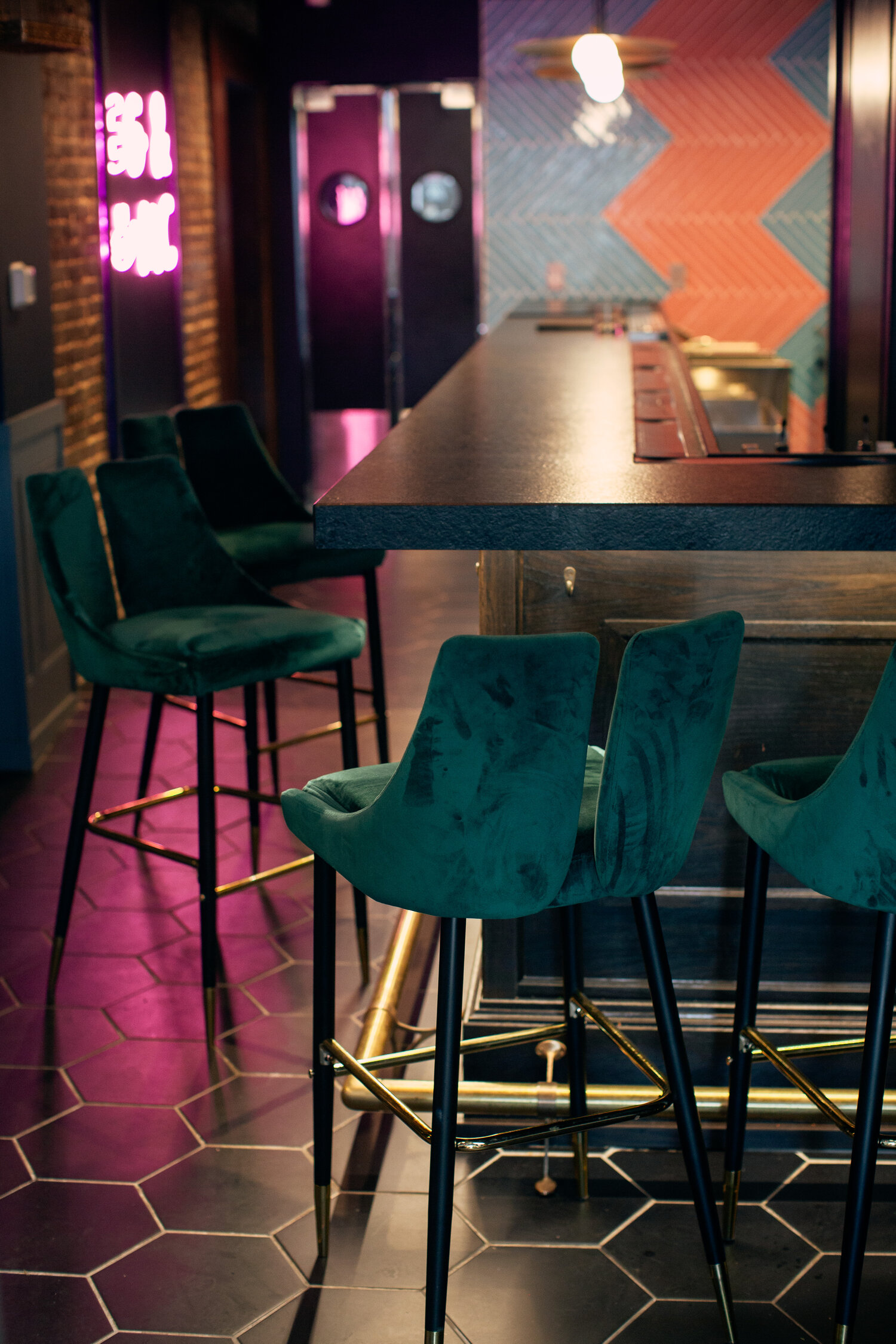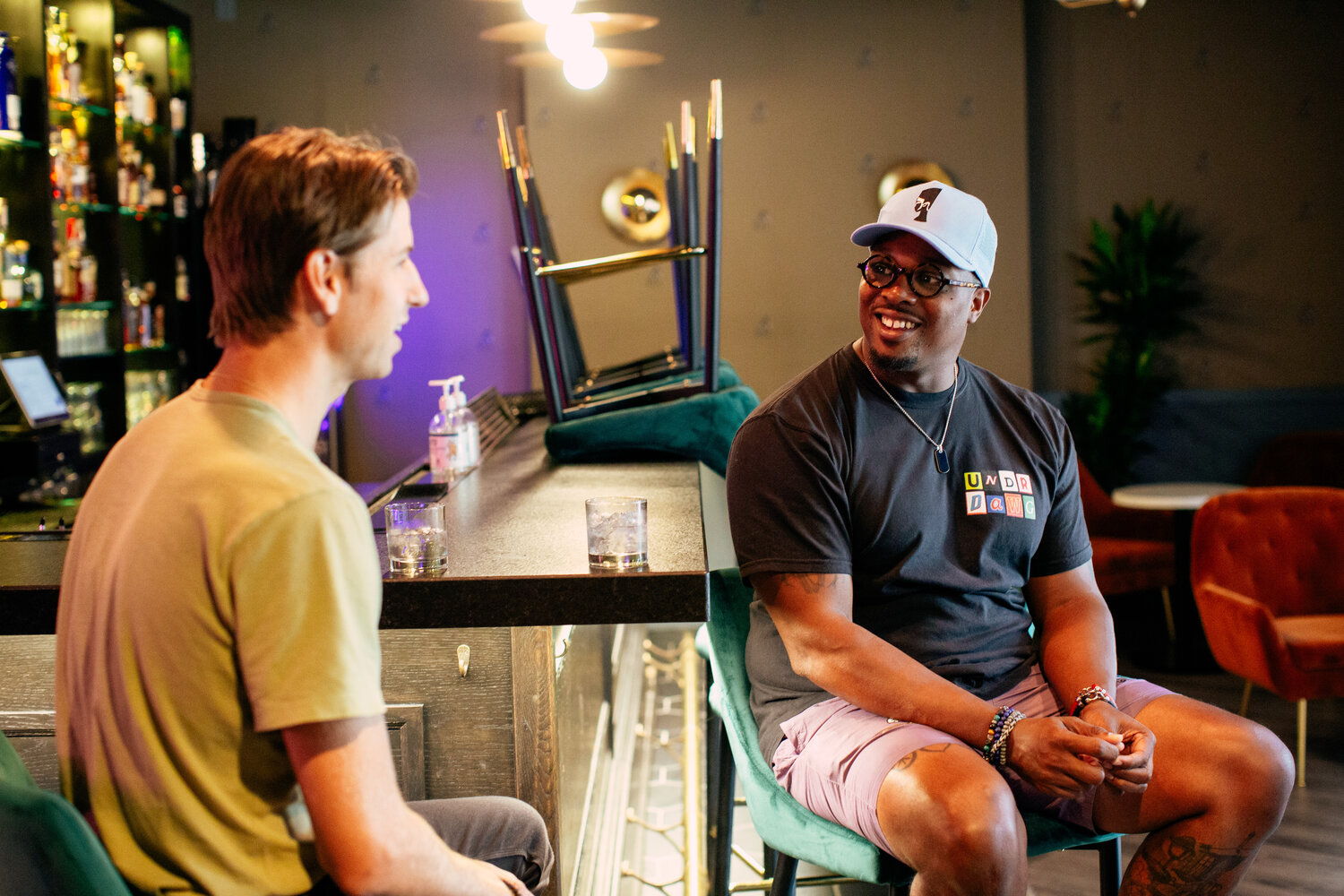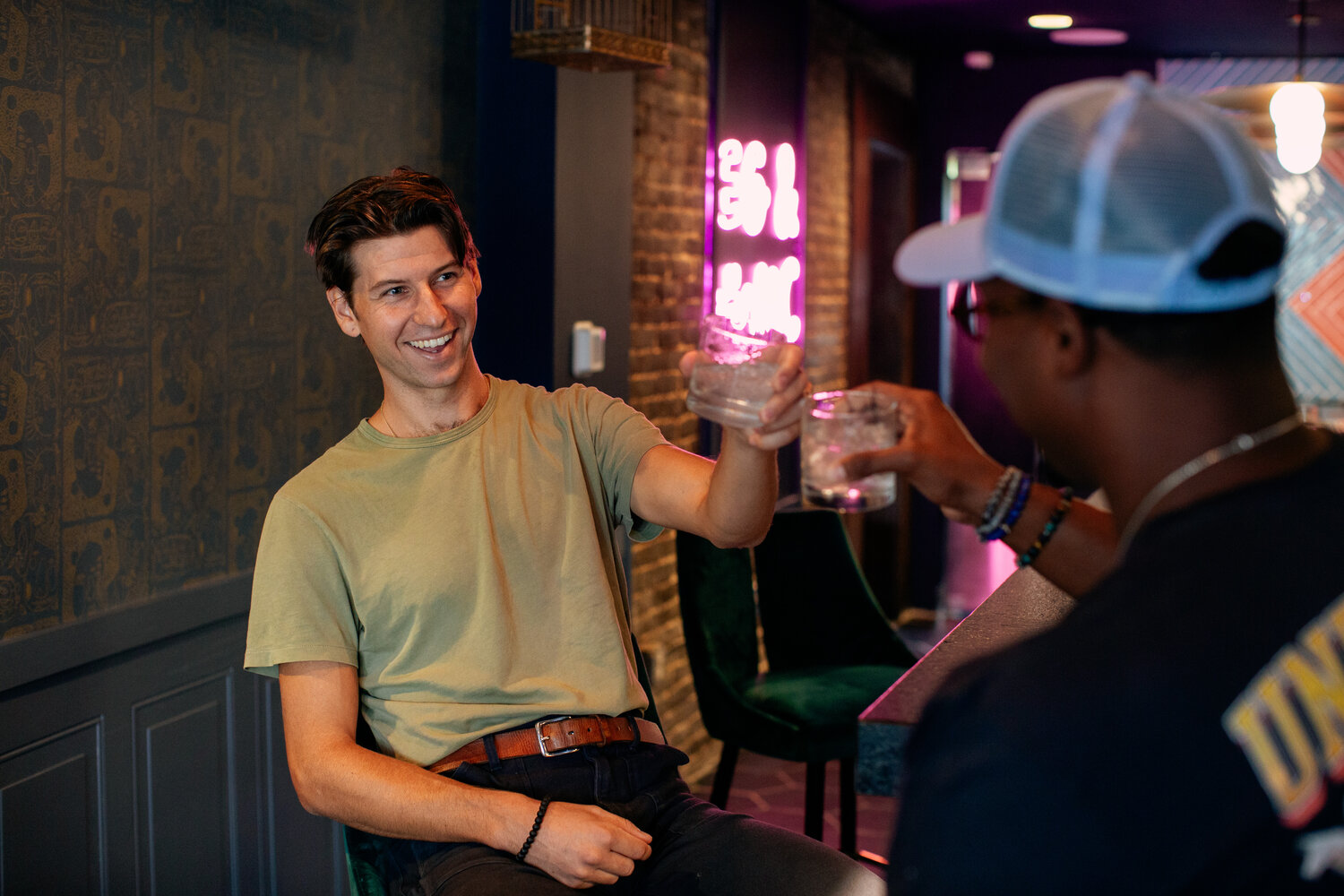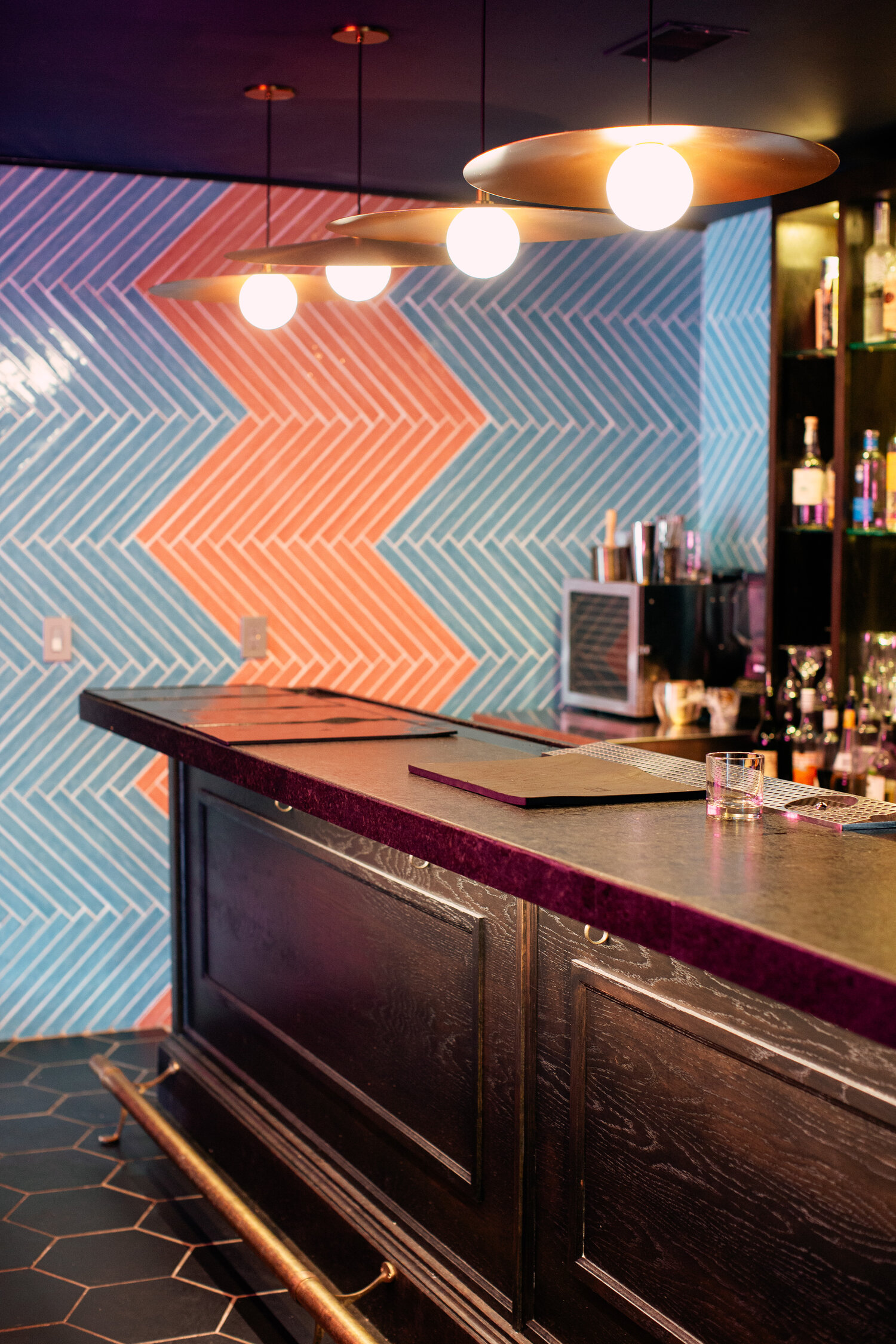Story By: Priya Ollapally
Featuring: Samera & Jason Breese
Nashville Design Week 2021
You don’t have to be an artist to care deeply about the welfare of artists during tough times. Samera and Jason Breese of ZPais House of Art have day jobs and a young family keeping them busy, but the desire to be in business for themselves and a deep appreciation for creators led them into the art world.
Pre-covid, they held live events including a pop-up gallery and an artist-entrepreneur mixer and panel discussion. With live events on pause, they turned their attention to telling artists’ stories through a docu-series. We spoke to them at a moment when they are between the two worlds, navigating change while working to help artists do the same.
“What if we take passion and mix that with entrepreneurship: what would that look like?”
How did ZPais get started?
Jason–
The idea started years ago. A conversation we kept coming back to was being in business for ourselves; we thought “What if we take passion and mix that with entrepreneurship: what would that look like?”
The first idea was a pop-up gallery. We had access to a space, and I thought, “Let’s start small. Let’s find some artists and see how we can collaborate”. I just started reaching out to people I didn’t know. I connected with Watkins, Nossi, Belmont. I met with anyone who wanted to participate. We had our first event in November of 2019. We invited 40 people or less but we got twice that.
“For me it’s not just artwork, it’s about educating the viewers about what’s going on around them.”
What came next?
Jason–
We live in a time when everyone has a digital profile. What do you do to build your brand? We wanted to provide that knowledge to people. We asked three people we know who are established creators [to do a panel], and they all said yes.
Samera–
One of the panelists was Nathan Brown, who is a well-established muralist in Nashville. The other was a well-established artist, Derrick Ramey Jr,. who has done bow-ties and clothing for Grammy-winning artists; his clothing has been on the red carpet. Also, XPayne – he did the mural on Broadway at Slim & Husky. He’s also a college professor at Belmont.
We invited upcoming artists to come and listen. We held the panel at Jamaica Way, and it went well. We thought “Success again, now what’s next?” And then, the pandemic.
The attitude we took was, “Ok this is an opportunity. Like any other business, we have to pivot.” So we decided to focus on media, which led us to the docu-series.
Tell us about the docu-series, “Art, Food and Culture”. Who do you want to elevate through this series?
Jason–
The way it’s designed is to interview these artists and explore a day in their life. Where they go to eat, to socialise with their community. We want to explore all of that.
Samera–
I choose artists that have a deep-rooted story and are also influential in their community. There’s a muralist who’s also a tattoo artist who brings awareness to the community about tattooing people of color.
Jason–
There was one guy who came to a networking event who was not only homeless but was dealing with mental health issues. So coping with anxiety and homelessless, but still making artwork and trying to make a living and get established. We don’t think about how someone is barely eating but still creating beautiful work. That’s the kind of stuff people don’t see.
Samera–
For me it’s not just artwork, it’s about educating the viewers about what’s going on around them. And reach out to people going through the same thing.
Jason–
Whether we are exploring being not only a Black tattoo artist but also a female tattoo artist in a male-dominated field, or having mental health challenges and trying to be a creative entrepreneur, it’s about having the world on your shoulders and still overcoming.

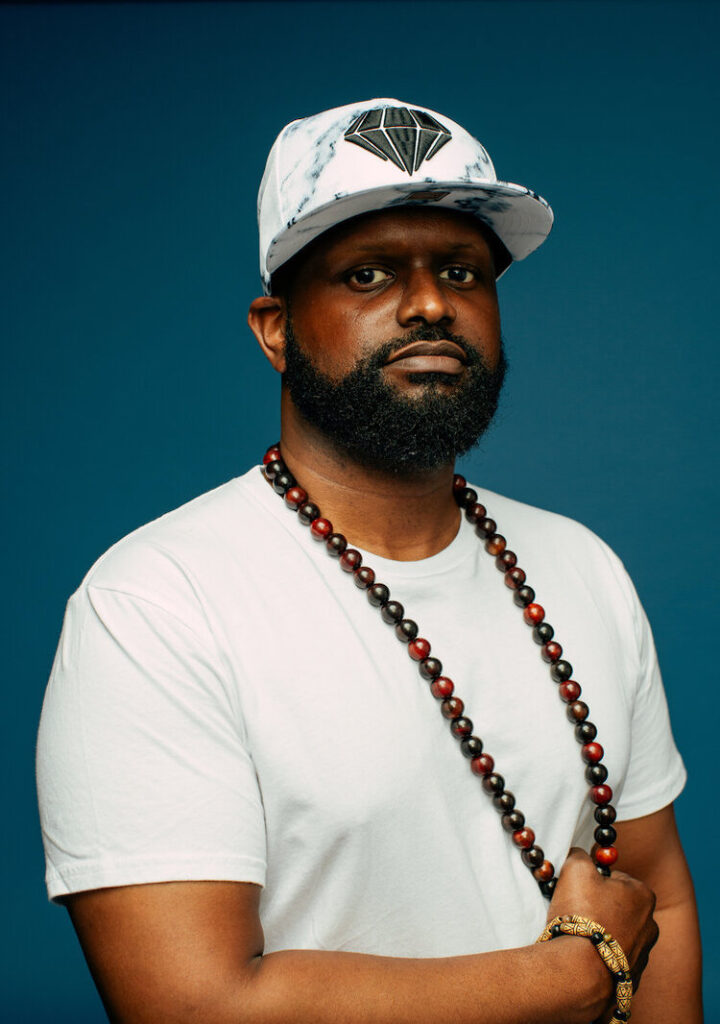
Gentrification is a pressing topic in Nashville. What does this mean for artists?
Jason–
Whether you are a visual artist, performing artist or musical artist, it’s never been a big money-maker unless you make it to the top. So you already have a financial challenge of trying to become established, and now with the cost of everything — housing, gas — you have to fight even harder. While Nashville’s growing, it’s not considered a big city. There’s only so much space and opportunity.
For example, real estate investors might scoop up a good opportunity, but they want to hold on to the organic flavor, so they might reach out to an artist to put a mural on that building. Yes, gentrification is a challenge but if you know how to navigate it you can capitalize on it, rather than being a victim of capitalization.
That’s why education and networking are so important. There are people who have navigated the change and challenge and who came out on top. Maybe they knew the right people or knew the inner workings of being a self-supporting artist. If we can help in the process we are all for that.
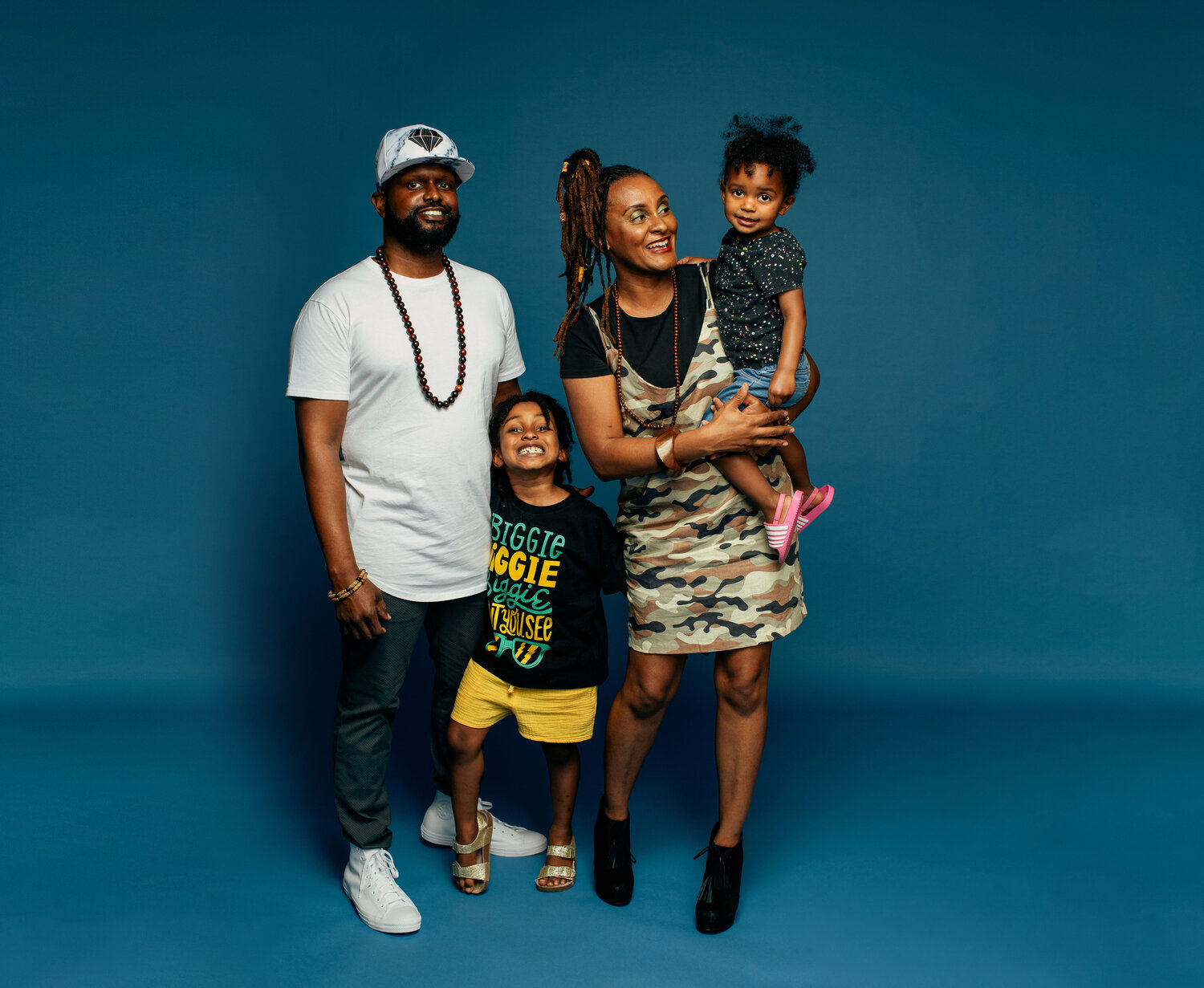
So what comes next?
Jason–
We’re developing the pitch package for “Art, Food and Culture”, and we’re presenting that to local networks; hopefully that gets snatched up quick. We’re presenting the concept, presenting why their viewers would want to see it.
Samera–
It’s like Shark Tank for a film: presenting your work in detail. How will it last? What’s the twist? There is always a twist.
